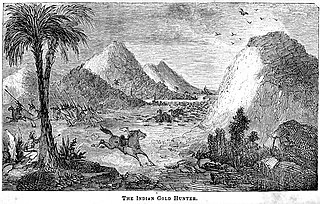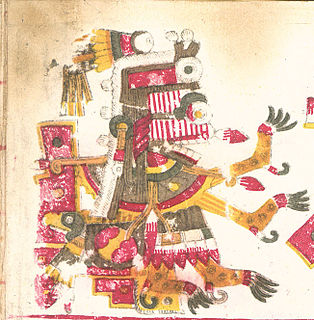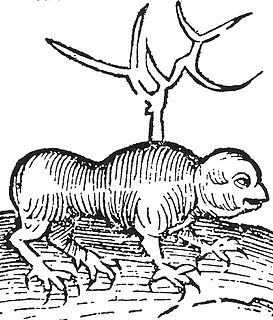 W
WInsects have appeared in mythology around the world from ancient times. Among the insect groups featuring in myths are the bee, fly, butterfly, cicada, dragonfly, praying mantis and scarab beetle.
 W
WIn mythology, the bee, found in Indian, ancient Near East and Aegean cultures, was believed to be the sacred insect that bridged the natural world to the underworld.
 W
WThe gold-digging ant is a mythical insect described in classical and medieval bestiaries. They were dog- or fox-sized ants that dug up gold in sandy areas. Some versions of the Physiologus said they came from Ethiopia, while Herodotus claimed they were located in India.
 W
WIn Aztec religion, Ītzpāpālōtl [iːt͡spaːˈpaːlot͡ɬ] was a striking skeletal warrior goddess who ruled over the paradise world of Tamoanchan, the paradise of victims of infant mortality and the place identified as where humans were created. She is the mother of Mixcoatl and is particularly associated with the moth Rothschildia orizaba from the family Saturniidae. Some of her associations are birds and fire. However, she primarily appears in the form of the Obsidian Butterfly.
 W
WKhepri is a scarab-faced god in ancient Egyptian religion who represents the rising or morning sun. By extension, he can also represent creation and the renewal of life.
 W
WThe Myrmecoleon or Ant-lion is a fantastical animal from classical times, possibly derived from an error in the Septuagint version of the book of Job, reappearing in the Greek Christian Physiologus of the 3rd or 4th century A.D.
 W
WMyrmekes are mythical creatures in Greek mythology. Their name is Greek for "ants."